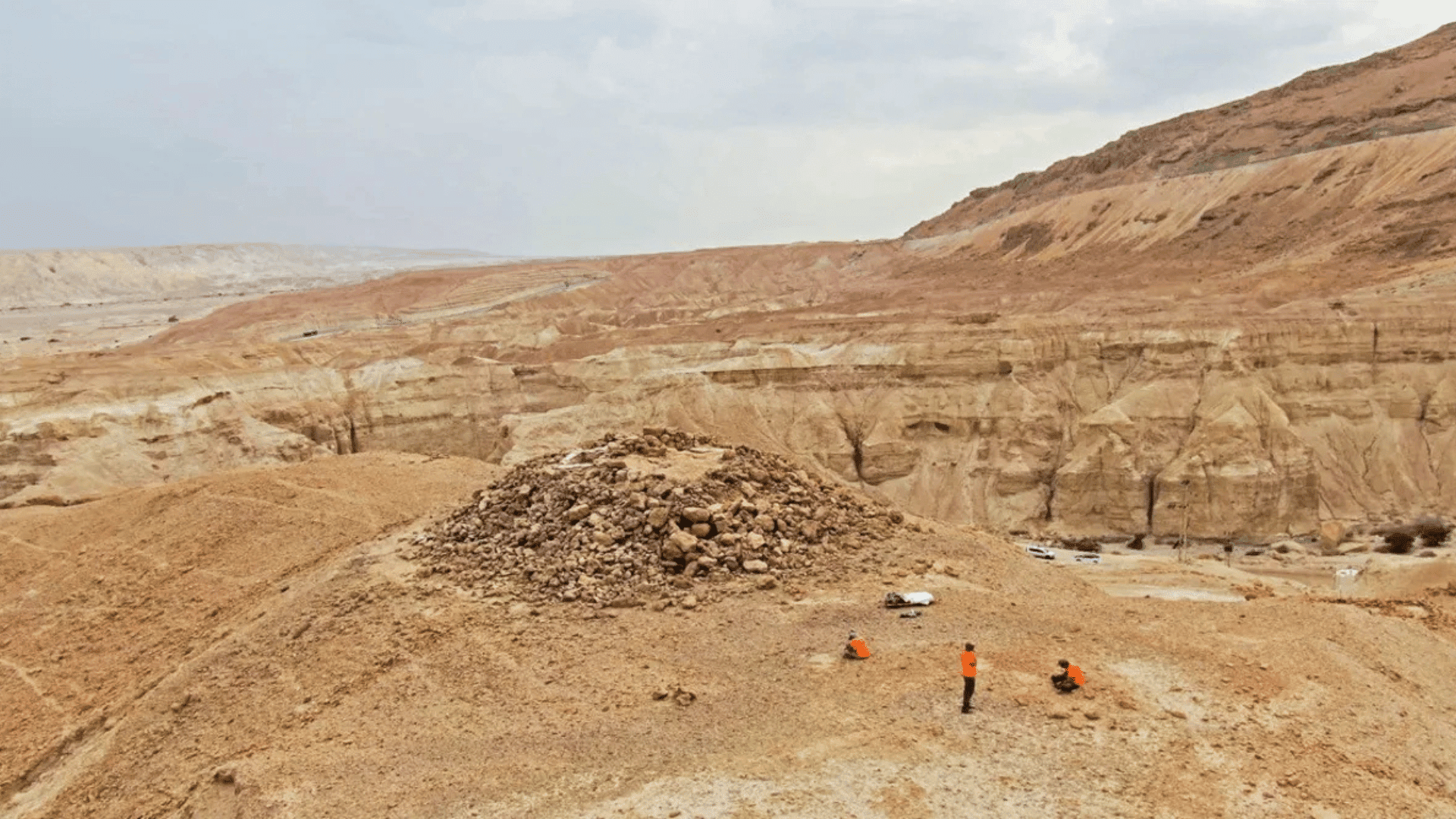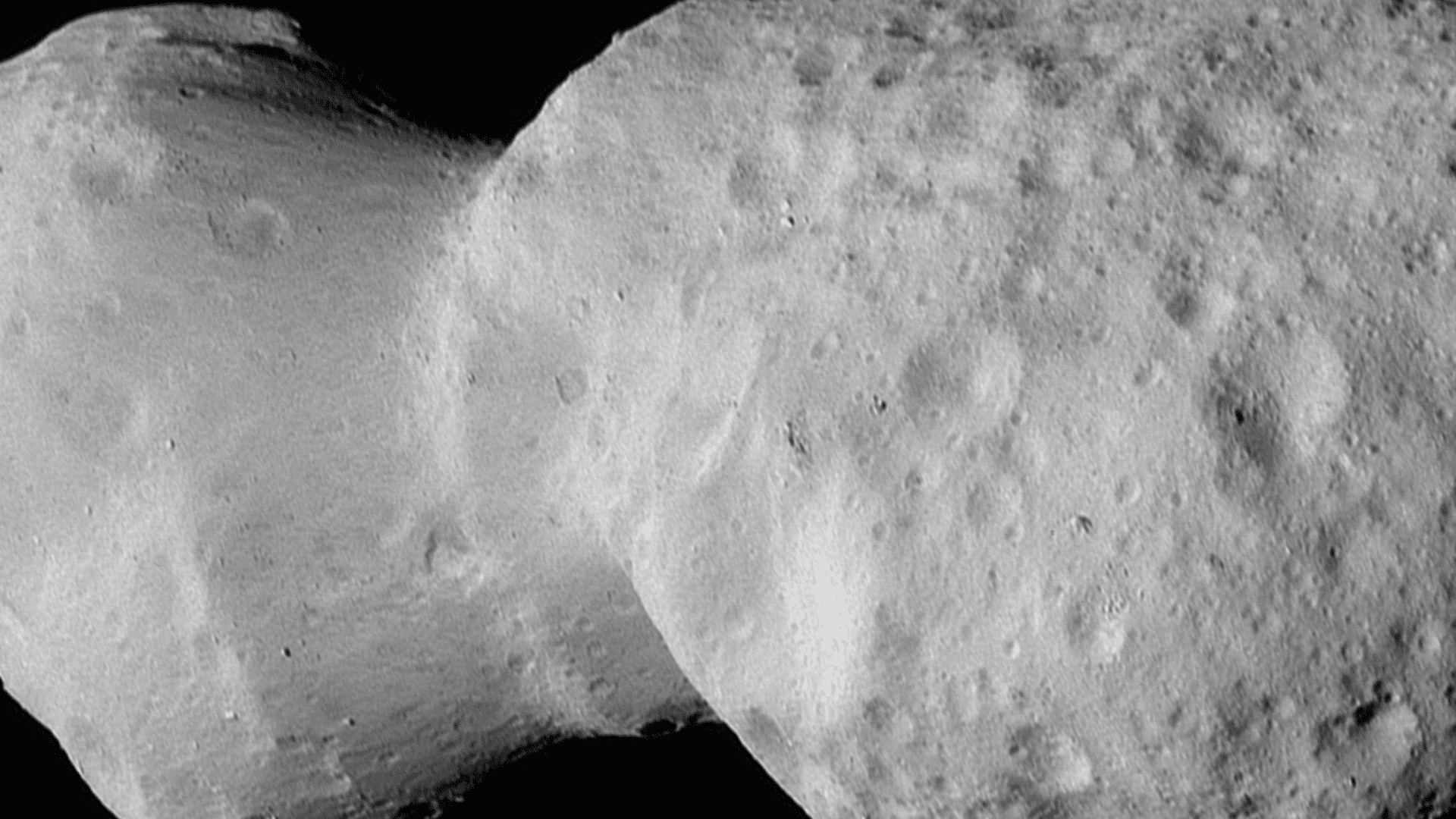A team of archaeologists, aided by citizen scientist volunteers, have located a large pyramid dating back to the Ptolemaic era, when Israel was ruled by a dynasty of pharaohs.
Breaking Ground on a Historical Mystery

“What we have here is one of the richest and most intriguing archaeological excavations ever found in the Judean Desert,” explained excavation leaders Matan Toledano, Dr Eitan Klein, and Amir Ganor in a statement. “This pyramidal structure we discovered is huge, and made of hand-hewn stones, each one weighing hundreds of kilograms.”
Though the excavation is ongoing, several notable items were discovered in the pyramid, including ancient Greek papyri and bronze coins featuring the Ptolemies, who ruled Egypt and a significant portion of the surrounding area between the fourth and first centuries BCE. Researchers believe the pyramid dates back approximately 2,200 years, as coins from the reign of the Seleucid king Antiochus IV were also discovered at the site.
Researchers say that “in the first excavation week, the volunteers found written historical documents, exceptional bronze vessels, and remains of ancient furniture, which, thanks to the desert climate, were preserved in amazing condition.”
Additional items found included fabrics, wooden tools, weapons, and more, all preserved by the desert climate. Apart from items, a “way station” was also identified beneath the pyramid. Archaeologists expect to find more as the search continues.
“We still do not know for certain what the building’s purpose was: is this a guard tower, guarding an important commercial route through which the Dead Sea resources of salt and bitumen were transported to the coastal ports?,” stated Toledano, Klein, and Ganor. “Or, at some point, was this enormous structure on the mountaintop marking a grave or serving as a monument in ancient history?”
The team called the Greek-originated site an “enthralling historical mystery” as its purpose remains unknown. Researchers have proposed theories, including that the building was a fortress to defend the road or that it could have housed tax collectors working as travelers passed it. Experts also believe it was later reused as a monumental tomb.
“The Judean Desert survey is one of the most important archaeological operations ever undertaken in the state of Israel’s history,” Eli Escusido, director of the Israel Antiquities Authority, said in a statement. “The discoveries are exciting and even emotional, and their significance for archaeological and historical research is enormous.”







